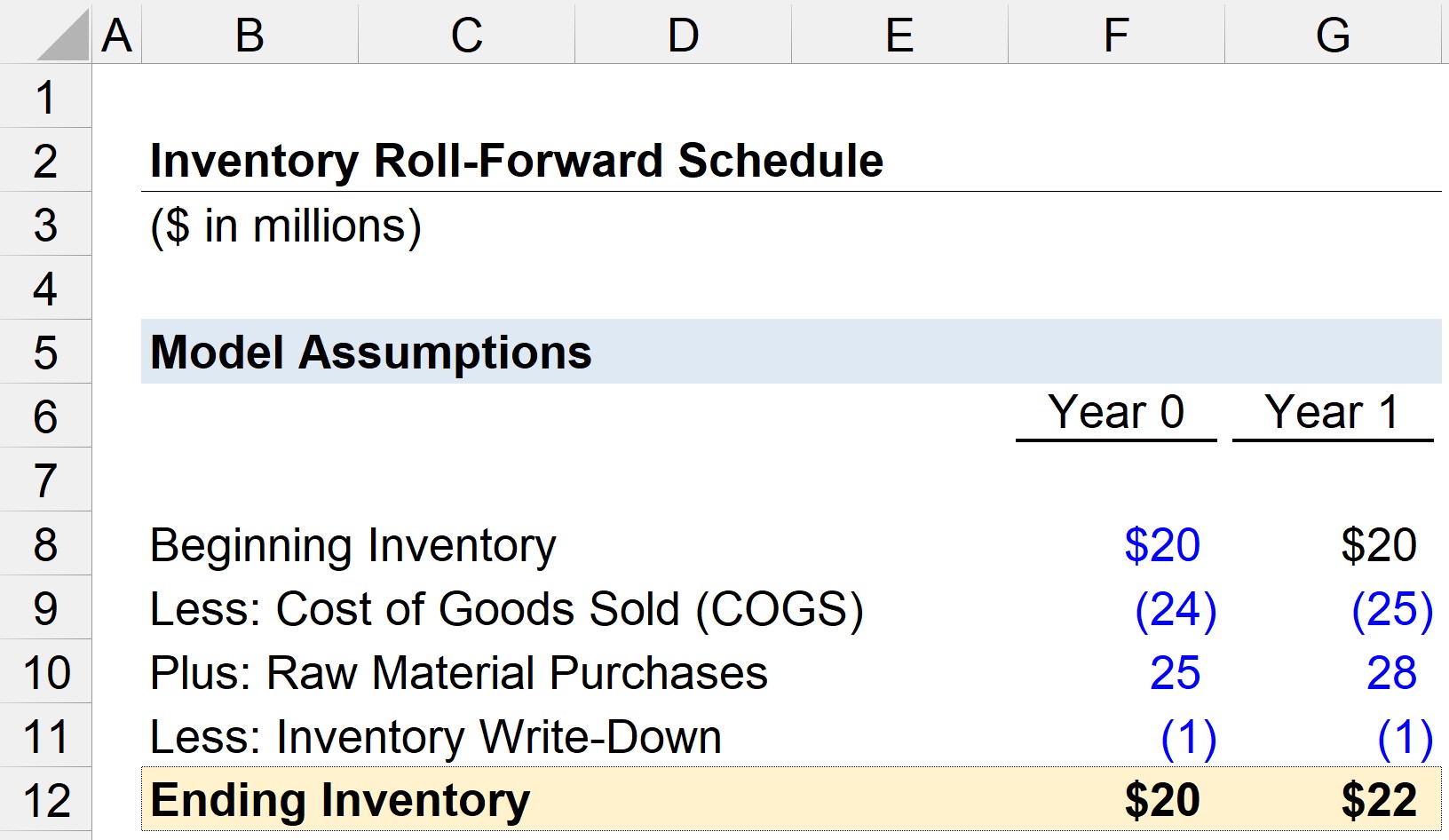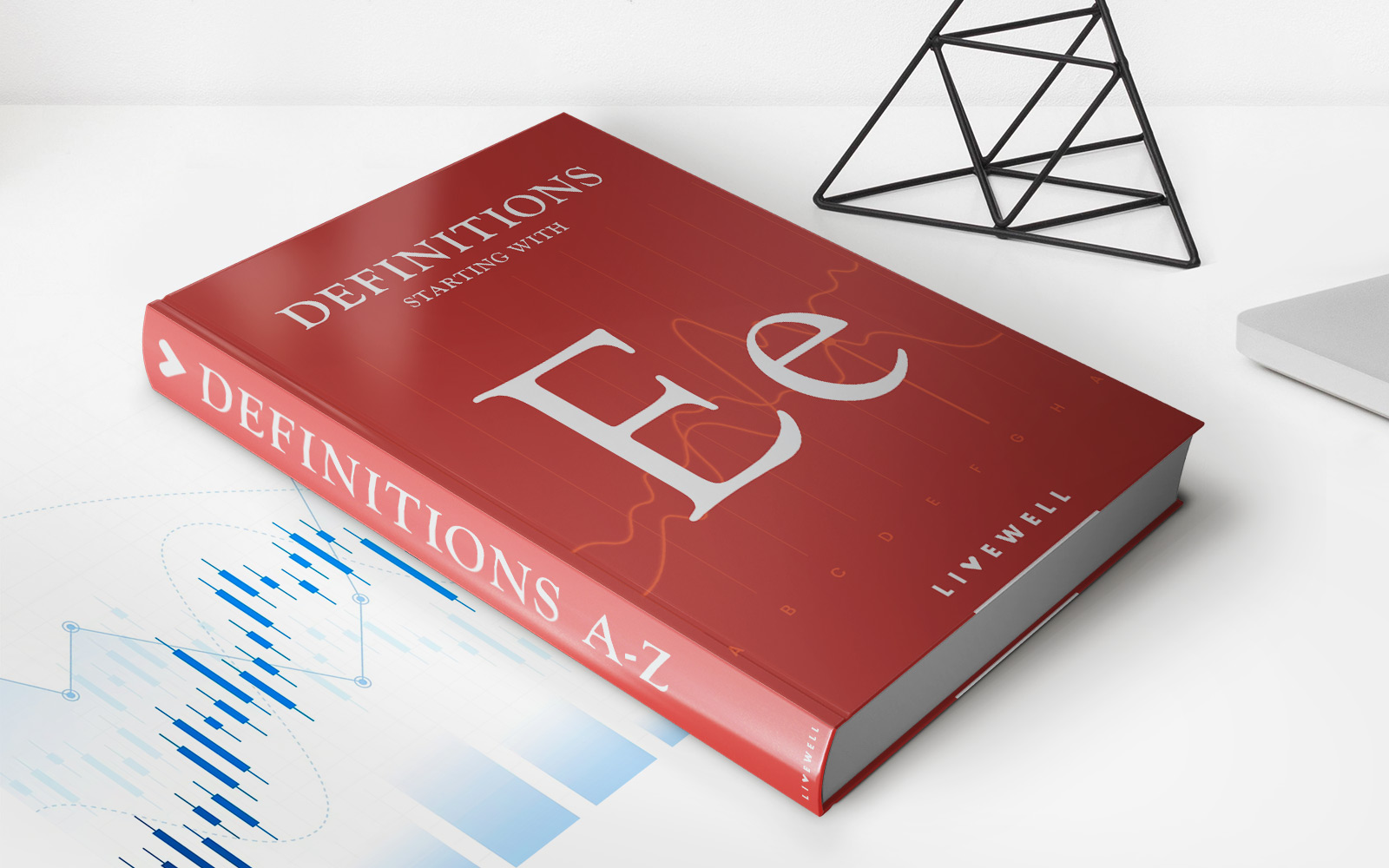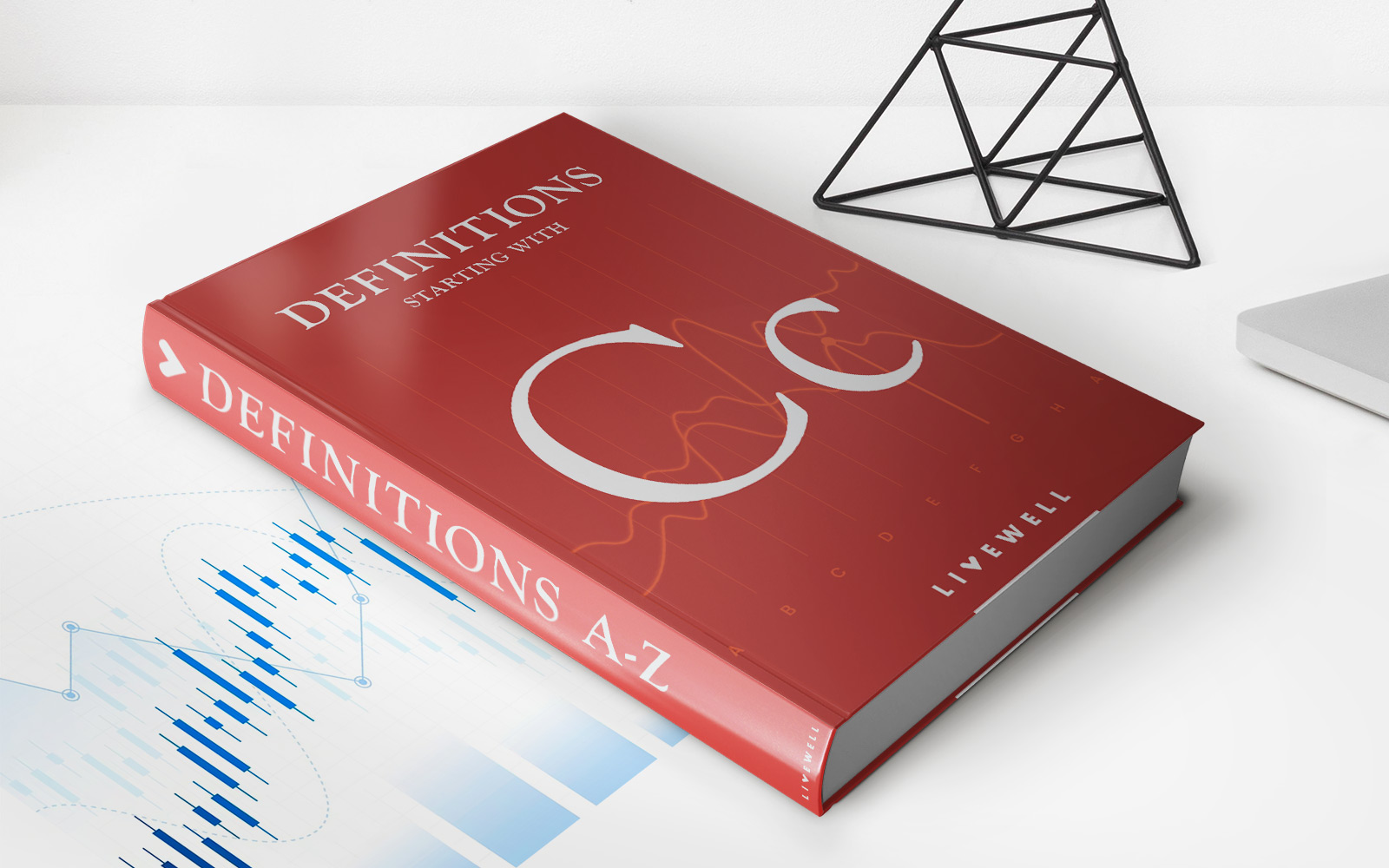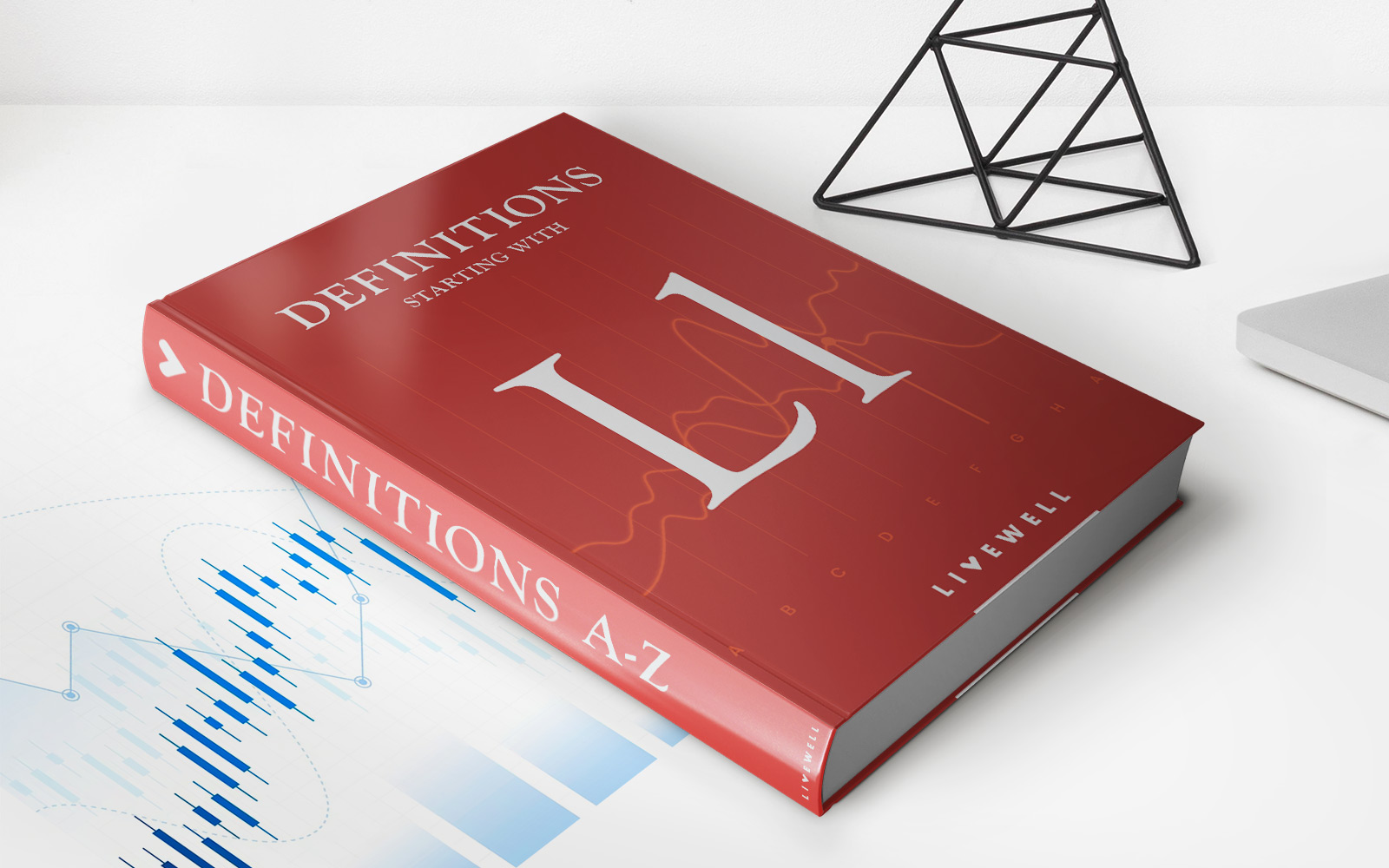Home>Finance>How To Calculate 30% Of Balance For Credit Utilization


Finance
How To Calculate 30% Of Balance For Credit Utilization
Published: March 6, 2024
Learn how to calculate 30% of your balance for credit utilization in finance. Manage your credit wisely with this helpful calculation guide.
(Many of the links in this article redirect to a specific reviewed product. Your purchase of these products through affiliate links helps to generate commission for LiveWell, at no extra cost. Learn more)
Table of Contents
Introduction
Understanding the intricacies of credit utilization is crucial for anyone seeking to maintain a healthy credit score. This fundamental aspect of personal finance plays a pivotal role in determining an individual's creditworthiness. By comprehending the concept of credit utilization and learning how to calculate 30% of the balance for optimal credit utilization, individuals can effectively manage their credit accounts and work towards achieving a favorable credit score.
Credit utilization refers to the percentage of a person's available credit that they are currently using. It is a significant factor in credit scoring models and holds considerable weight in determining an individual's creditworthiness. Lenders and financial institutions assess credit utilization to gauge an individual's ability to manage credit responsibly. Therefore, maintaining an optimal credit utilization ratio is essential for demonstrating financial prudence and responsibility.
In this comprehensive guide, we will delve into the intricacies of credit utilization, elucidate the process of calculating 30% of the balance for credit utilization, and provide practical examples to facilitate a better understanding. Additionally, valuable tips for effectively managing credit utilization will be shared to empower individuals in their journey towards financial well-being and a robust credit profile. Understanding the significance of credit utilization and mastering the art of calculating 30% of the balance for optimal credit utilization is a pivotal step towards achieving financial stability and securing favorable lending terms.
Understanding Credit Utilization
Credit utilization is a fundamental metric that reflects the amount of credit being used in relation to the total available credit. It is typically expressed as a percentage and is a key component in credit scoring models, carrying significant weight in determining an individual’s creditworthiness. Lenders and financial institutions consider credit utilization as a crucial indicator of an individual’s ability to manage credit responsibly. Maintaining a low credit utilization ratio, ideally below 30%, is generally perceived as a positive sign and can positively impact one’s credit score.
When individuals utilize a high percentage of their available credit, it can signal financial distress or an inability to manage credit effectively. This can potentially raise red flags for lenders and may lead to a negative impact on credit scores. On the other hand, demonstrating responsible credit utilization by keeping balances low in proportion to the available credit can enhance one’s creditworthiness and contribute to a positive credit score.
It’s important to note that credit utilization is calculated across all credit accounts, including credit cards and lines of credit. To calculate an individual’s overall credit utilization ratio, the total outstanding balances across all accounts are divided by the total credit limits. This provides a comprehensive view of an individual’s credit utilization and is a critical factor in credit assessment.
Understanding the significance of credit utilization and its impact on credit scores empowers individuals to make informed decisions regarding their credit management. By maintaining a low credit utilization ratio and strategically managing credit accounts, individuals can position themselves favorably in the eyes of lenders and credit scoring systems, paving the way for better financial opportunities and favorable lending terms.
Calculating 30% of Balance for Credit Utilization
Calculating 30% of the balance for credit utilization involves determining the optimal amount of credit to utilize to maintain a healthy credit score. As mentioned earlier, credit utilization is a critical factor in credit scoring models, and maintaining a low utilization ratio, ideally below 30%, is generally recommended to positively impact one’s creditworthiness.
To calculate 30% of the balance for credit utilization, individuals can follow a straightforward formula. First, they need to ascertain the total credit limit across all their credit accounts. This includes credit cards, lines of credit, and any other revolving credit facilities. Once the total credit limit is determined, 30% of this value represents the ideal threshold for the total amount of credit to utilize to maintain a favorable credit utilization ratio.
For example, if an individual has a total credit limit of $10,000 across all their credit accounts, the optimal amount of credit to utilize would be 30% of $10,000, which amounts to $3,000. This means that to maintain an ideal credit utilization ratio, the total outstanding balances across all credit accounts should not exceed $3,000, or 30% of the total credit limit.
By adhering to this guideline and strategically managing credit utilization, individuals can demonstrate responsible credit management and improve their creditworthiness. It’s important to note that maintaining a low credit utilization ratio not only positively impacts credit scores but also signifies financial prudence and responsible credit usage, which can be advantageous when seeking new credit or favorable lending terms.
Understanding the optimal threshold for credit utilization and effectively calculating 30% of the balance empowers individuals to make informed decisions regarding their credit management, ultimately contributing to a healthier financial profile and improved credit scores.
Example Calculation
Let’s consider an example to illustrate the calculation of 30% of the balance for credit utilization. Suppose an individual holds two credit cards and a line of credit, with the following credit limits and outstanding balances:
- Credit Card 1:
- Credit Limit: $5,000
- Outstanding Balance: $1,500
- Credit Card 2:
- Credit Limit: $7,000
- Outstanding Balance: $2,500
- Line of Credit:
- Credit Limit: $10,000
- Outstanding Balance: $3,000
To calculate the total credit limit across all accounts, we sum the individual credit limits, which amounts to $22,000. Now, to determine 30% of the balance for credit utilization, we calculate 30% of $22,000, which equals $6,600. This signifies the optimal threshold for the total amount of credit to utilize across all accounts to maintain a healthy credit utilization ratio.
Next, we sum the outstanding balances across all accounts, which amounts to $7,000. By comparing this total outstanding balance to the calculated threshold of $6,600, we can assess the credit utilization ratio. In this example, the individual’s credit utilization ratio is approximately 31.82%, slightly exceeding the recommended threshold of 30%.
Based on this calculation, the individual is utilizing a slightly higher percentage of their available credit, which could potentially have a marginal impact on their credit score. To optimize their credit utilization ratio and bring it within the recommended threshold, the individual may consider reducing the outstanding balances across their credit accounts to align with the 30% threshold of $6,600.
This example underscores the importance of strategically managing credit utilization to maintain an optimal credit utilization ratio, ultimately contributing to a positive credit profile and improved credit scores.
Tips for Managing Credit Utilization
Effectively managing credit utilization is essential for maintaining a healthy credit profile and optimizing credit scores. Here are some valuable tips to help individuals manage their credit utilization effectively:
- Monitor Credit Balances Regularly: Keeping a close eye on credit card balances and outstanding credit amounts is crucial. Regular monitoring allows individuals to stay informed about their credit utilization and take proactive measures to maintain an optimal ratio.
- Strategically Pay Down Balances: Making timely payments and strategically paying down credit card balances can significantly impact credit utilization. By reducing outstanding balances, individuals can lower their credit utilization ratio and positively influence their credit scores.
- Request Credit Limit Increases: Requesting credit limit increases on existing credit accounts can effectively lower the credit utilization ratio, provided the spending behavior remains consistent. However, it’s important to exercise caution and avoid overspending due to increased credit limits.
- Limit New Credit Applications: Opening new credit accounts can impact the average age of credit and potentially increase overall credit utilization. Limiting new credit applications can help maintain a stable credit utilization ratio and minimize potential negative effects on credit scores.
- Consider Balance Transfer Options: For individuals carrying high balances on high-interest credit cards, exploring balance transfer options to lower-interest or zero-interest cards can help reduce credit utilization and save on interest expenses.
- Utilize Available Credit Wisely: Being mindful of credit utilization across all accounts and utilizing available credit wisely can contribute to maintaining an optimal credit utilization ratio. Responsible usage and timely payments are key to effective credit utilization management.
By implementing these tips and adopting responsible credit management practices, individuals can effectively manage their credit utilization, maintain a favorable credit utilization ratio, and work towards achieving and sustaining a healthy credit profile.
Conclusion
Understanding credit utilization and mastering the art of calculating 30% of the balance for optimal credit utilization is paramount for individuals striving to maintain a healthy credit profile and secure favorable lending terms. Credit utilization plays a pivotal role in credit scoring models and is a key determinant of an individual’s creditworthiness. By comprehending the significance of credit utilization and strategically managing credit accounts, individuals can positively impact their credit scores and demonstrate financial responsibility.
The process of calculating 30% of the balance for credit utilization provides a clear guideline for individuals to gauge the optimal amount of credit to utilize across their accounts. By adhering to this threshold and maintaining a low credit utilization ratio, individuals can position themselves favorably in the eyes of lenders and credit scoring systems, paving the way for better financial opportunities and improved credit scores.
Furthermore, the example calculation underscores the practical application of determining credit utilization and highlights the impact of strategic credit management on credit scores. It exemplifies the importance of aligning credit utilization with the recommended threshold to achieve a healthier credit profile.
Finally, the tips provided for managing credit utilization offer actionable strategies for individuals to effectively monitor and control their credit balances, ultimately contributing to maintaining an optimal credit utilization ratio. By implementing these tips and adopting responsible credit management practices, individuals can work towards achieving and sustaining a favorable credit profile.
In conclusion, mastering the art of calculating 30% of the balance for credit utilization, coupled with strategic credit management, empowers individuals to take control of their credit profiles, improve their credit scores, and access better financial opportunities, ultimately contributing to their overall financial well-being.














